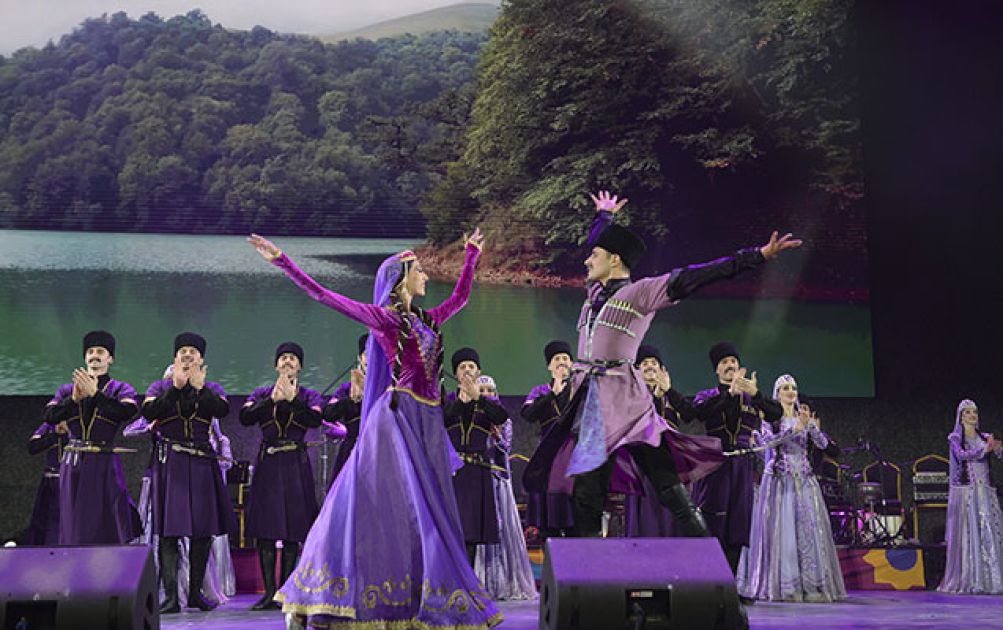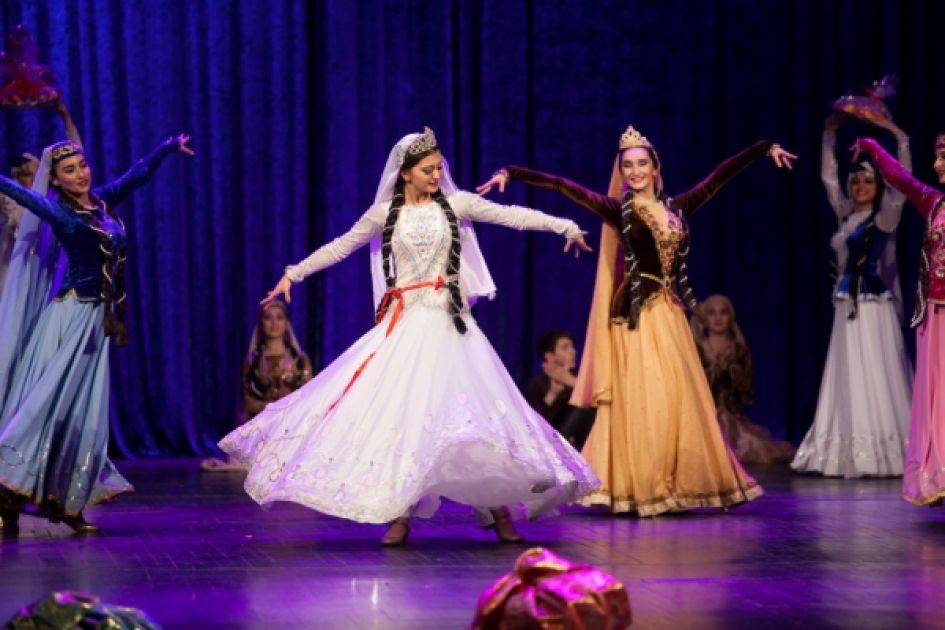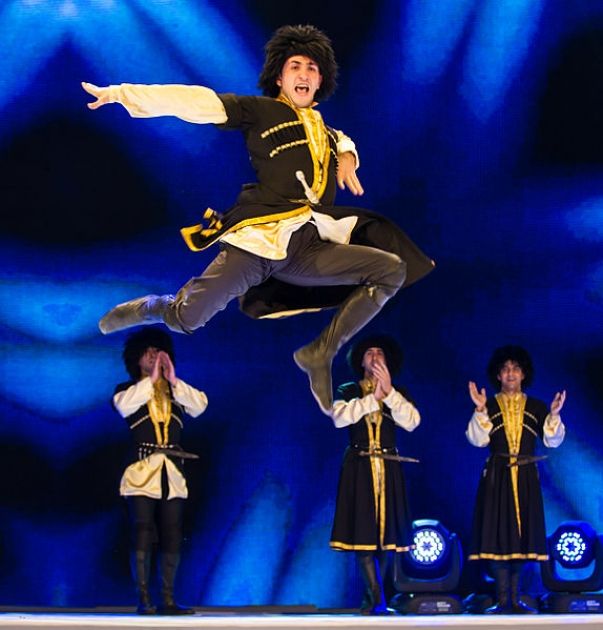International Dance Day is celebrated annually on April 29 to promote the art of dance and its universal appeal across cultures, Azernews reports.
This day raises awareness about the importance of dance as an art form and its ability to bring people together in celebration of movement and expression.
International Dance Day was established in 1982 by the Dance Committee of the International Theatre Institute (ITI), which is the main partner for the performing arts at UNESCO.
The event takes place every year on April 29, which is the anniversary of the birth of Jean-Georges Noverre (1727–1810), who is considered to be the "father" or creator of modern ballet.
In Azerbaijan, International Dance Day is celebrated with great enthusiasm and passion. The country has a rich cultural heritage that includes a variety of traditional dances that are an integral part of its identity.

Azerbaijani traditional dances are known for their beauty, grace, and intricate movements that reflect the country's history and traditions.
Azerbaijani traditional dances are inextricably linked with history, and the dance scenes engraved in Gobustan once again prove that.
There are various kinds of dances that have started to form in Azerbaijan since the Middle Ages.
As a rule, the Azerbaijani dance is divided into three parts: the first part is a circle, the dancer holds the body high, the second –congealing on the spot (suzme) and the third – again the circling. The third part is characterised by rhythm and strong emotions.
Many dances, especially the old ones, are called the most beloved animals or plants. These include: "gazelle", "lale" (field poppy), "benevshe" (violet), etc.

They are very smooth and lively. The musical size of Azerbaijani dances is 6/8 and 3/4.
The dances of males and females sharply differ from each other.
Women's dances are characterised by soft lyricism and plasticity of graceful, smooth movement.
A long skirt defines the tender movement of the feet. The dance is focused entirely on the technique of the upper parts of the arm and corpse (shoulder, head, mimics of the face, etc).
The main feature of male dance is the technique of feet. The dancer stands quickly on the tiptoe, and then quickly falls on his knee, etc.

Amina Dilbazi, Afag Malikova, Roza Khalilova, Tarana Muradova, Tamilla Mammadova, Boyukagha Mammadov, Kamil Dadashov, Boyukaga Atababayev and others have significantly enriched Azerbaijani dance art with new elements.
In 2023, UNESCO adopted the decision on the first report on the status of an Azerbaijani cultural element named Yalli (Kochari, Tenzere), traditional group dances of Nakhchivan.
On International Dance Day in Azerbaijan, various events and performances are organised to showcase the beauty and diversity of Azerbaijani traditional dances. Dance troupes and artists come together to perform traditional dances, showcasing their skills and talent to audiences both locally and internationally.